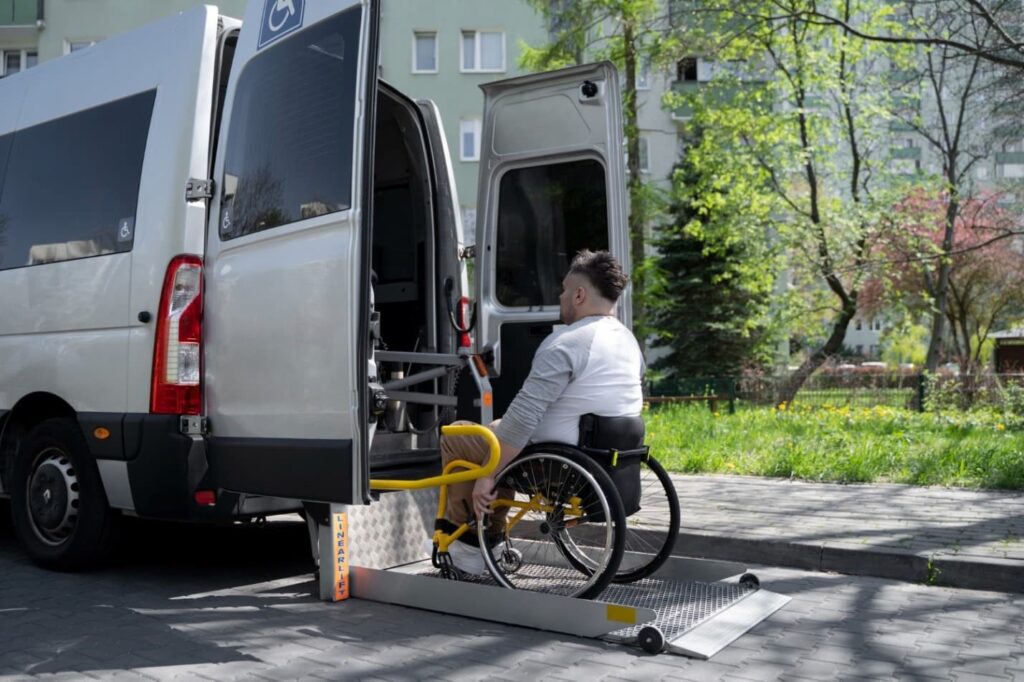Assistive technology has revolutionized the lives of people with disabilities, empowering them to overcome barriers and lead more independent and fulfilling lives. These technologies, ranging from simple tools to advanced digital devices, have transformed how individuals with disabilities communicate, access information, and engage with the world around them. In this piece, we shall delve into the far-reaching influence of assistive technology on the experiences of individuals with disabilities, underscoring its pivotal contribution to encouraging inclusivity, improving accessibility, and nurturing heightened autonomy.
Breaking Down Barriers
One of the most significant benefits of assistive technology is its role in breaking down barriers to information. For individuals with visual impairments, screen readers and Braille displays enable them to access digital content and printed materials. Text-to-speech software can read aloud text on websites, documents, and e-books, ensuring that information is not limited by physical format or visual ability. This newfound access to information empowers individuals with disabilities to pursue education, careers, and personal interests with greater autonomy.
Assistive technology has transformed communication for people with disabilities, particularly those with speech and hearing impairments. Augmentative and alternative communication (AAC) tools, such as speech-generation devices and communication applications, empower individuals to convey their thoughts and emotions proficiently. These tools have revolutionized how non-verbal individuals interact with their peers, family members, and the broader community, fostering greater social inclusion and reducing feelings of isolation.
Enhancing Mobility and Independence
Mobility aids like wheelchairs, mobility scooters, and prosthetic limbs have long been staples of assistive technology. These devices empower individuals with physical disabilities to navigate their environment, access public spaces, and participate in daily activities. With advances in design and technology, mobility aids have become more ergonomic, user-friendly, and adaptable to individual needs, further enhancing the independence and mobility of users.
Smart home technology has opened up new possibilities for individuals with disabilities. Voice-activated assistants like Amazon’s Alexa and Google Assistant allow users to control various aspects of their environment using voice commands, such as lights, thermostats, and security systems. This level of control is particularly beneficial for individuals with mobility impairments, enabling them to manage their homes independently and conveniently.
Empowering Education and Employment
Assistive technology has played a crucial role in making education more accessible to students with disabilities. Screen magnifiers, speech recognition software, and captioning tools ensure that individuals with visual, auditory, or learning disabilities can participate fully in classrooms and online courses. These tools level the playing field, giving students the tools they need to excel academically.
In the workplace, assistive technology has transformed the employment landscape for people with disabilities. Employers increasingly recognize the value of a diverse workforce and provide accommodations such as adaptive computer hardware and software, ergonomic workstations, and communication devices. These accommodations enable employees with disabilities to perform their jobs effectively, contributing their unique skills and perspectives to their workplaces.

Promoting Social Inclusion
Accessible transportation plays a pivotal role in the lives of individuals with disabilities, enabling them to participate fully in society. In addition to accessible vehicles and transportation options, there are other notable developments in this field. The rise of ride-sharing platforms like Uber and Lyft has ushered in a fresh wave of ease and improved accessibility for individuals with disabilities. Many of these platforms now offer options for wheelchair-accessible vehicles, making it easier for individuals with mobility challenges to get from point A to point B. This innovation has significantly increased the freedom and spontaneity of travel for many.
Public transportation systems around the world are increasingly focusing on improving the accessibility of their transit stations. This includes ramps, elevators, and tactile paving to assist those with mobility impairments. Moreover, implementing real-time tracking apps and announcements ensures that individuals with visual or hearing impairments can confidently navigate public transit systems.
The internet and social media also have become powerful tools for connecting people with disabilities to supportive communities and resources. Online platforms provide a virtual arena where individuals facing comparable challenges can exchange experiences, seek guidance, and extend support to one another. These virtual communities play a vital role in combating social isolation and fostering a sense of belonging.
Conclusion
The impact of assistive technology on the lives of people with disabilities cannot be overstated. It has broken down barriers to information and communication, enhanced mobility and independence, empowered education and employment, and promoted social inclusion. As technology advances, the possibilities for further improving the lives of individuals with disabilities are boundless. With ongoing innovation and a commitment to accessibility, we can look forward to an even more inclusive and equitable future for all.
In a world striving for inclusivity, assistive technology is a beacon of hope for people with disabilities. Its role in promoting accessibility and independence cannot be overstated.